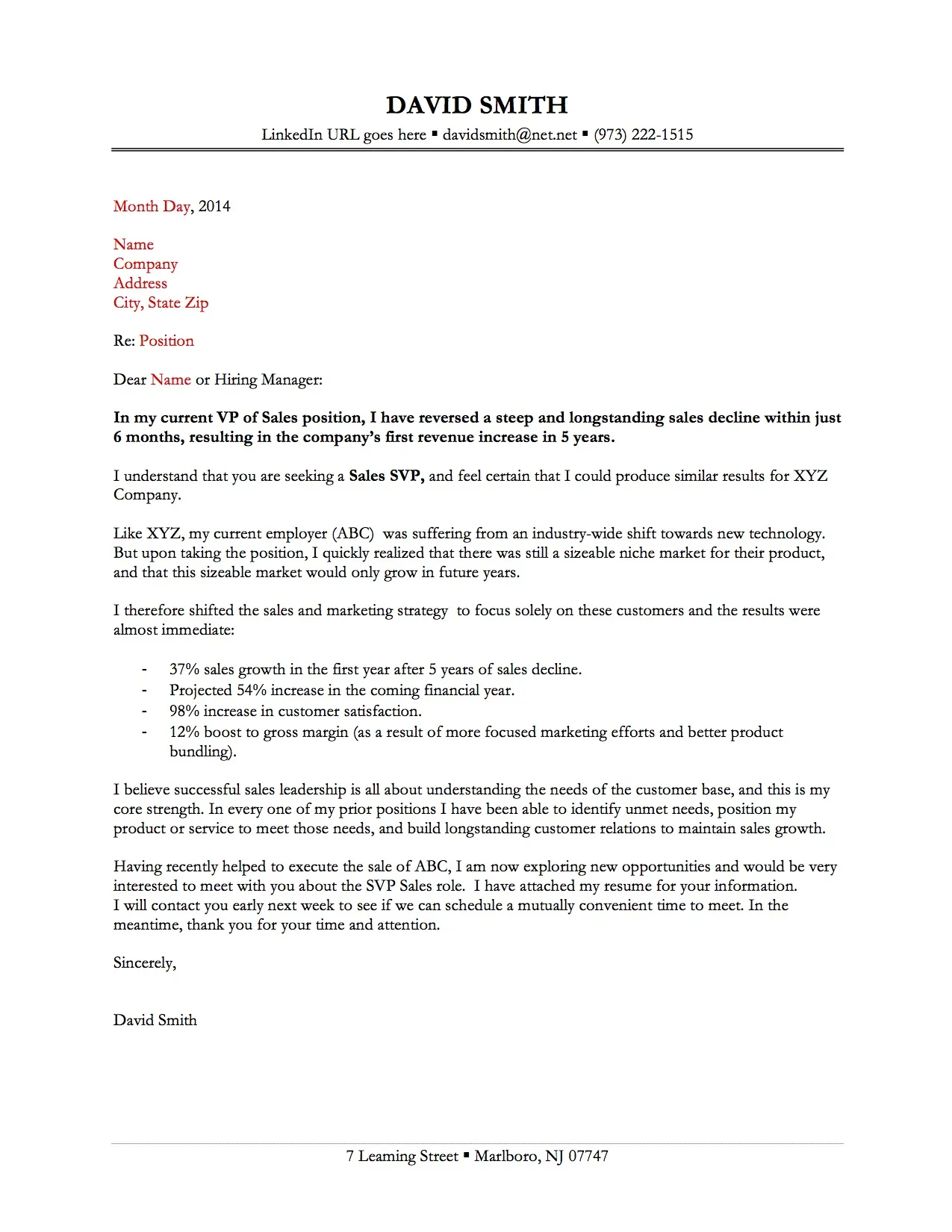Cover Letter Mastery
Creating a great cover letter is a crucial step in the job application process. It’s your first chance to make a positive impression on a potential employer and distinguish yourself from other candidates. This guide will provide you with the insights and strategies needed to craft a compelling cover letter that not only showcases your skills and experiences, but also demonstrates your genuine interest in the role and the company. Mastering the art of the cover letter involves understanding its purpose, tailoring it to each application, and presenting your qualifications in a way that captures the reader’s attention. By following these guidelines, you’ll be well on your way to crafting cover letters that open doors to interviews and, ultimately, your dream job.
Understanding the Purpose of a Cover Letter
The primary purpose of a cover letter is to introduce yourself to a potential employer and express your interest in a specific job. Unlike a resume, which provides a summary of your work history and skills, a cover letter allows you to elaborate on your qualifications and explain why you’re the ideal candidate for the position. It’s an opportunity to tell your story, highlight your accomplishments, and demonstrate your understanding of the company’s needs. A well-written cover letter should complement your resume, providing additional context and showcasing your personality, enthusiasm, and communication skills. It also provides a space to address any specific requirements or preferences mentioned in the job posting, thereby demonstrating your attention to detail and initiative. By understanding the fundamental purpose of a cover letter, you can better tailor your approach to make a lasting impact.
Highlighting Your Key Skills
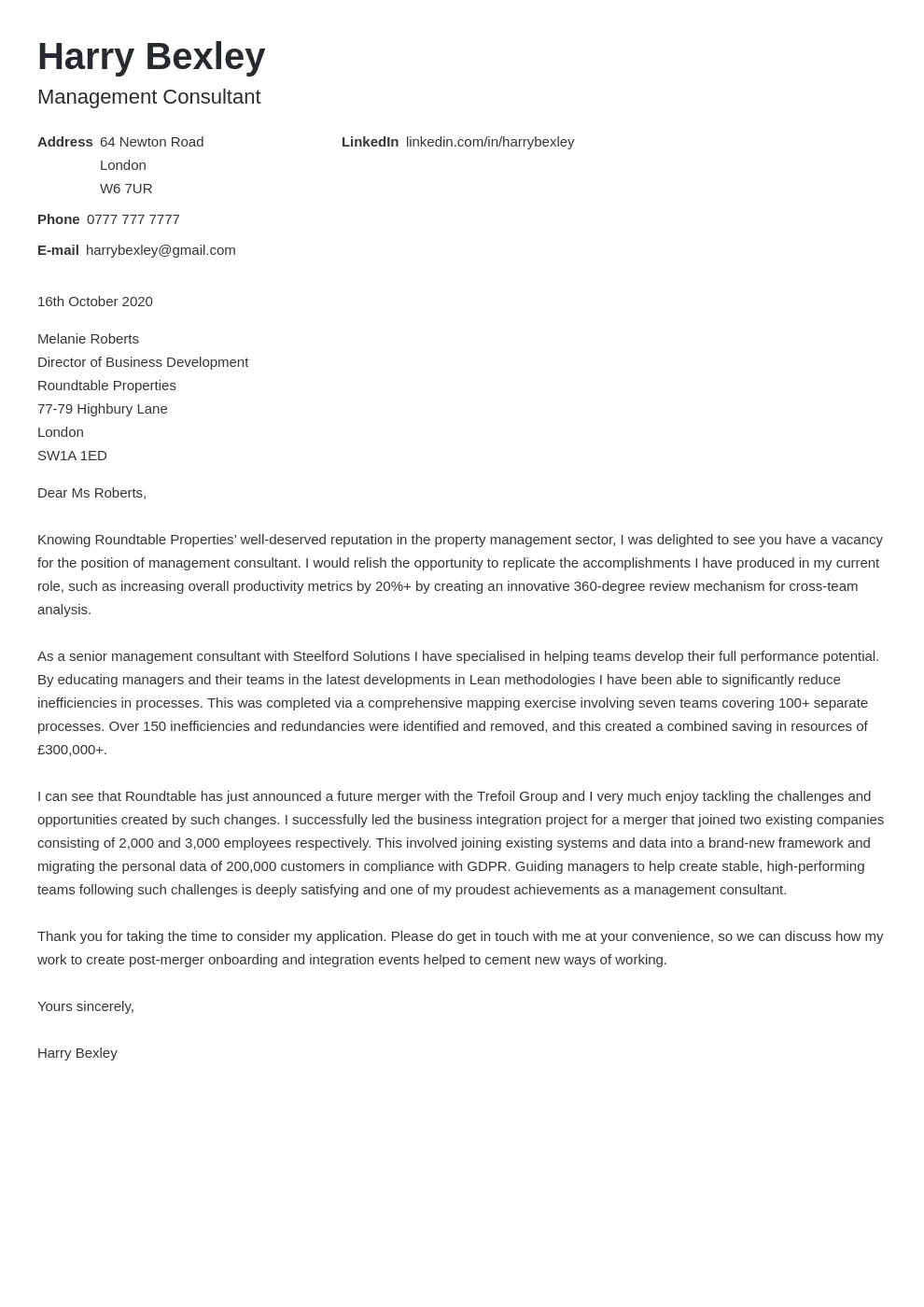
Identify the skills most relevant to the job description and ensure these are prominently featured in your cover letter. Don’t just list your skills; provide specific examples of how you’ve utilized them to achieve positive outcomes in previous roles or projects. Use action verbs to describe your accomplishments and quantify your achievements whenever possible. For example, instead of saying “Managed projects,” you could write “Managed multiple projects, delivering them on time and under budget, resulting in a 15% increase in efficiency.” This demonstrates your ability to deliver results and provides concrete evidence of your capabilities. Your skills section should reflect the keywords found in the job description, as many employers use applicant tracking systems (ATS) to screen applications, and these systems often search for specific keywords.
Tailoring Your Cover Letter
A generic cover letter sent to multiple companies is unlikely to make a strong impression. Tailor each cover letter to the specific job and company you’re applying to. Research the company’s values, mission, and recent projects to demonstrate your genuine interest and show that you understand their needs. Customize your letter by referencing specific aspects of the job description and explaining how your skills and experience align with the requirements. Mentioning the company by name and referencing specific initiatives or projects will show the hiring manager that you’ve taken the time to learn about their organization and are not simply sending a mass application. This personalized approach significantly increases your chances of standing out from other candidates.
Researching the Company
Before you even begin writing, thoroughly research the company and the specific role. Visit their website, read news articles about the company, and check their social media profiles to get a sense of their culture, values, and recent activities. Understanding the company’s mission, products, services, and target market will help you tailor your cover letter to demonstrate how your skills and experience can contribute to their success. Look for keywords in the job description and identify the key responsibilities and qualifications. This research will also help you to identify the hiring manager’s name (if possible), which allows you to address your letter to a specific person, which shows initiative and makes your application more personal. Demonstrating this knowledge will set you apart from applicants who submit generic letters.
Formatting Your Cover Letter
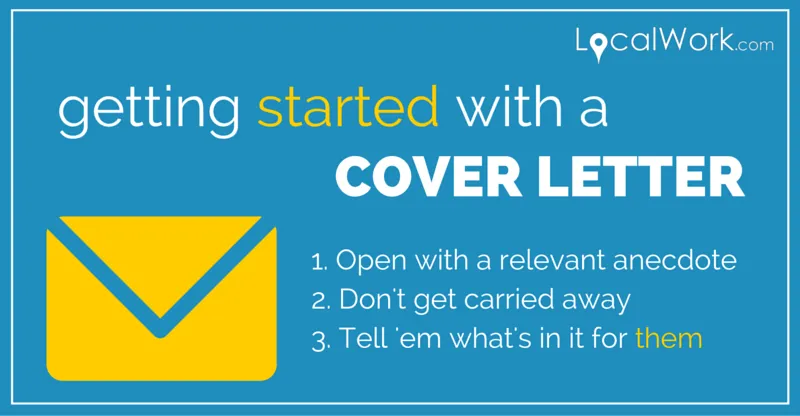
Your cover letter should be easy to read and visually appealing. Use a professional font such as Times New Roman, Arial, or Calibri, and maintain a consistent font size throughout. Keep the letter to one page in length, as hiring managers often have limited time to review applications. Use clear and concise language, breaking up large blocks of text with paragraphs and bullet points to improve readability. Include your contact information at the top of the letter, and address the letter to a specific person, if possible. Ensure your letter is free of grammatical errors and typos by proofreading it carefully before submitting it. The overall formatting should reflect professionalism and attention to detail, which will make a positive impression on the reader.
Choosing the Right Tone
The tone of your cover letter should be professional, enthusiastic, and aligned with the company culture. Avoid overly casual language or jargon that might not be understood by all readers. Use a positive and confident tone, highlighting your skills and accomplishments without being arrogant. Show your personality and enthusiasm for the role and the company. Research the company culture to determine the appropriate level of formality. If the company has a more relaxed and modern culture, you may be able to use a slightly more conversational tone. However, always maintain a professional demeanor. Demonstrate genuine interest in the position, and convey your eagerness to contribute to the company’s success. Your goal is to sound confident and eager, while remaining professional and respectful.
Writing a Strong Opening
The opening paragraph of your cover letter is your first and most important opportunity to capture the reader’s attention. It should be concise, engaging, and immediately convey your interest in the position. Clearly state the position you are applying for and how you learned about it. If possible, mention a mutual connection or reference, as this can help to establish credibility. Briefly highlight your key qualifications and explain why you are a good fit for the role. Your opening paragraph should compel the reader to continue reading and learn more about your skills and experience. Avoid generic phrases like “I am writing to express my interest.” Instead, try a more compelling opening, such as “I am excited to apply for the Marketing Manager position at [Company Name], as I have been consistently impressed by your innovative campaigns and strong market presence.”
Showcasing Your Achievements
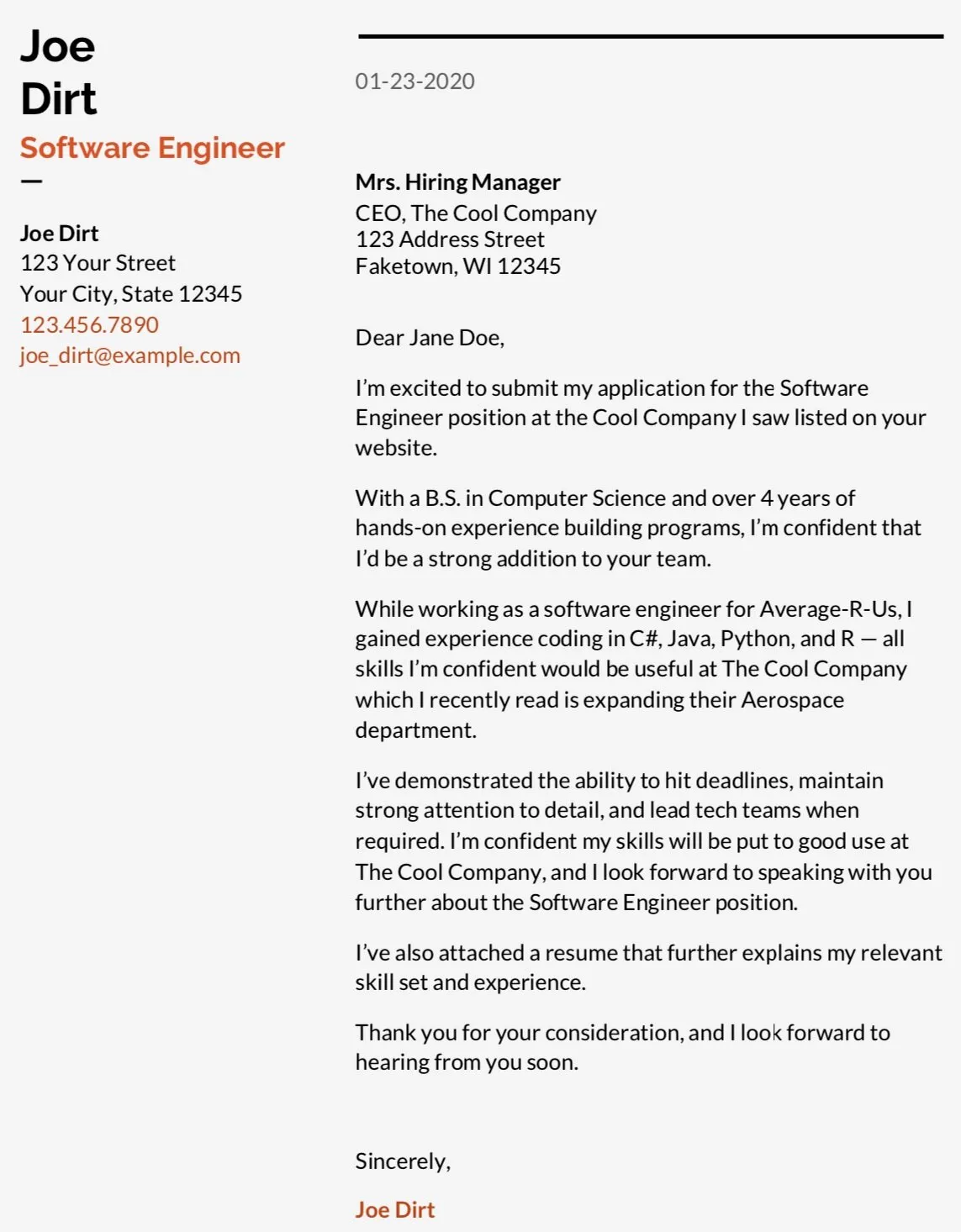
Don’t just list your job duties; instead, focus on your achievements and quantify your successes whenever possible. Use the STAR method (Situation, Task, Action, Result) to structure your examples and showcase your accomplishments effectively. Describe the situation or challenge you faced, the task you were assigned, the actions you took, and the results you achieved. For instance, instead of saying “Managed social media accounts,” you could write “Increased social media engagement by 30% in six months by implementing a targeted content strategy.” Provide specific examples that demonstrate your skills and abilities. Focus on results that align with the company’s goals and priorities. Demonstrating your achievements makes your cover letter more compelling and helps the hiring manager to visualize your potential contributions to the company.
Emphasizing Your Interest
Throughout your cover letter, emphasize your genuine interest in the company and the role. Explain what specifically attracts you to the company, its mission, values, or products. Highlight how the position aligns with your career goals and what you hope to achieve in the role. Show that you’ve researched the company and understand its needs and challenges. Mention specific projects or initiatives you are excited about. Demonstrate your enthusiasm by using positive language and a confident tone. Your interest is a key factor in persuading the hiring manager that you are committed and motivated to succeed. Expressing your interest will make you appear more enthusiastic and increase your chances of being selected for an interview.
Concluding Your Cover Letter
Your conclusion should reiterate your interest in the position and thank the reader for their time and consideration. Express your enthusiasm for the opportunity to learn more about the role and the company. Restate your key qualifications and skills, emphasizing how they align with the requirements of the job. Include a call to action, such as stating that you are available for an interview and look forward to hearing from them soon. Provide your contact information again, including your phone number and email address. Avoid generic closing statements, and make sure your conclusion is concise, professional, and leaves a lasting positive impression. Your final words should be a reflection of your genuine interest and excitement about the opportunity.
Proofreading and Editing
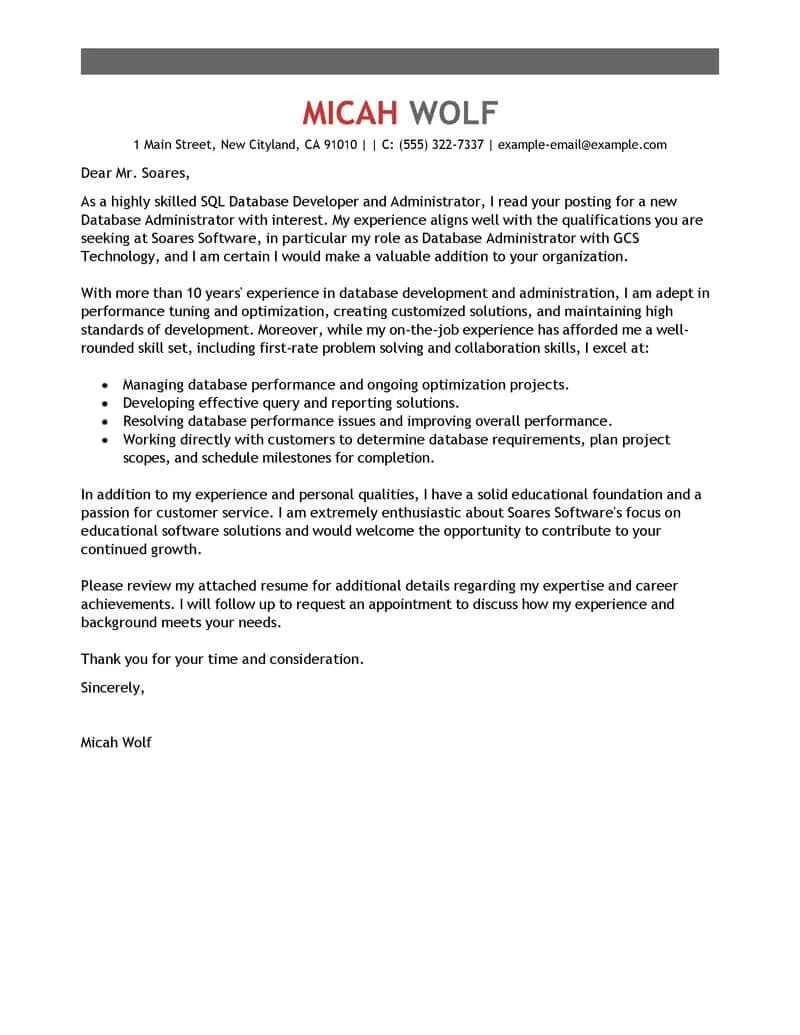
Before submitting your cover letter, proofread it carefully for any grammatical errors, typos, or inconsistencies. A single mistake can undermine your credibility and make a negative impression. Use spell-check and grammar-check tools, but don’t rely on them entirely. Read the letter aloud to catch any awkward phrasing or sentence structure. Ask a friend, family member, or career counselor to review your cover letter and provide feedback. Ensure that your formatting is consistent, and the overall document is easy to read. Proofreading and editing are crucial steps in ensuring that your cover letter reflects your professionalism and attention to detail. A polished and error-free cover letter demonstrates that you take your job search seriously and pay attention to detail.
